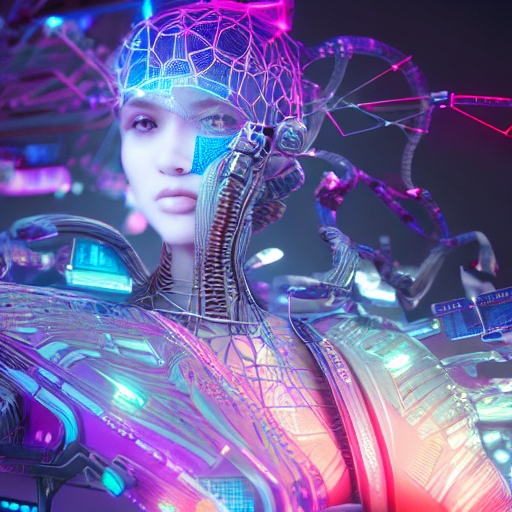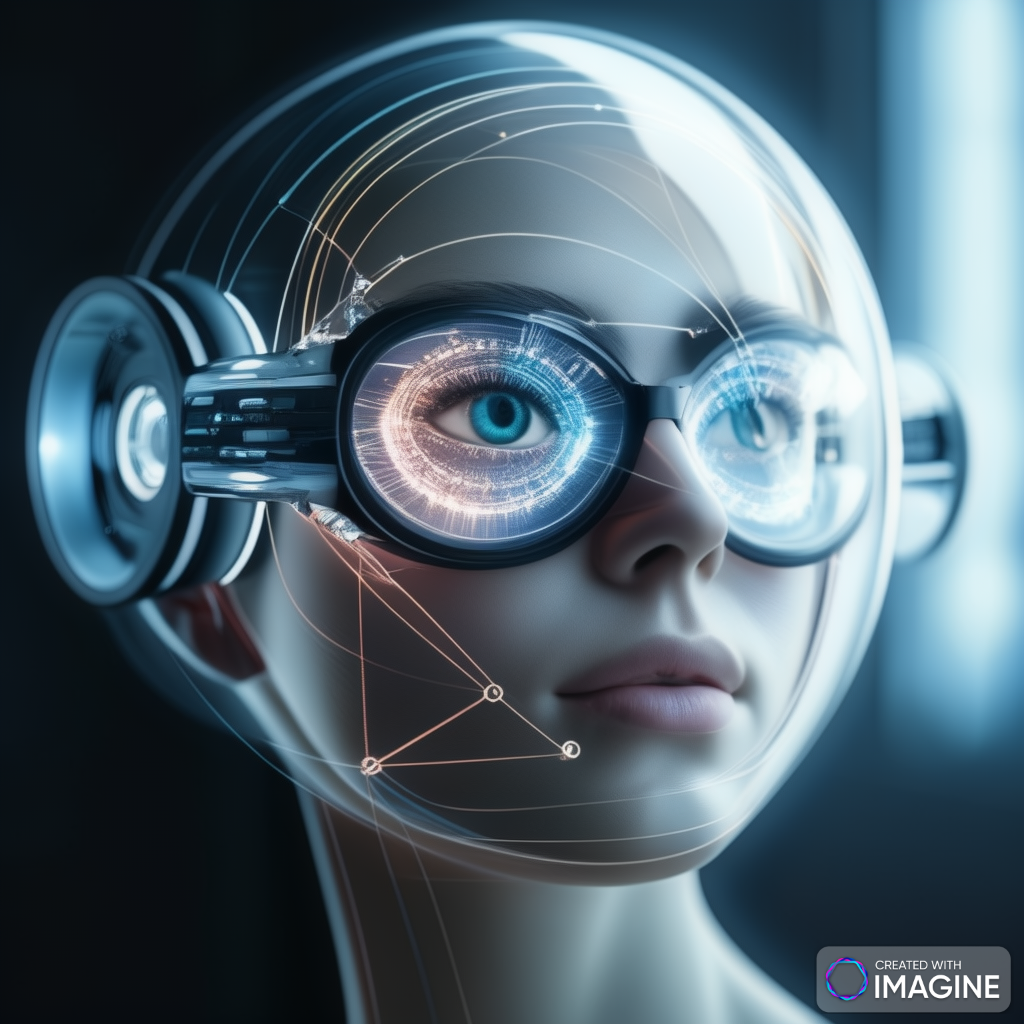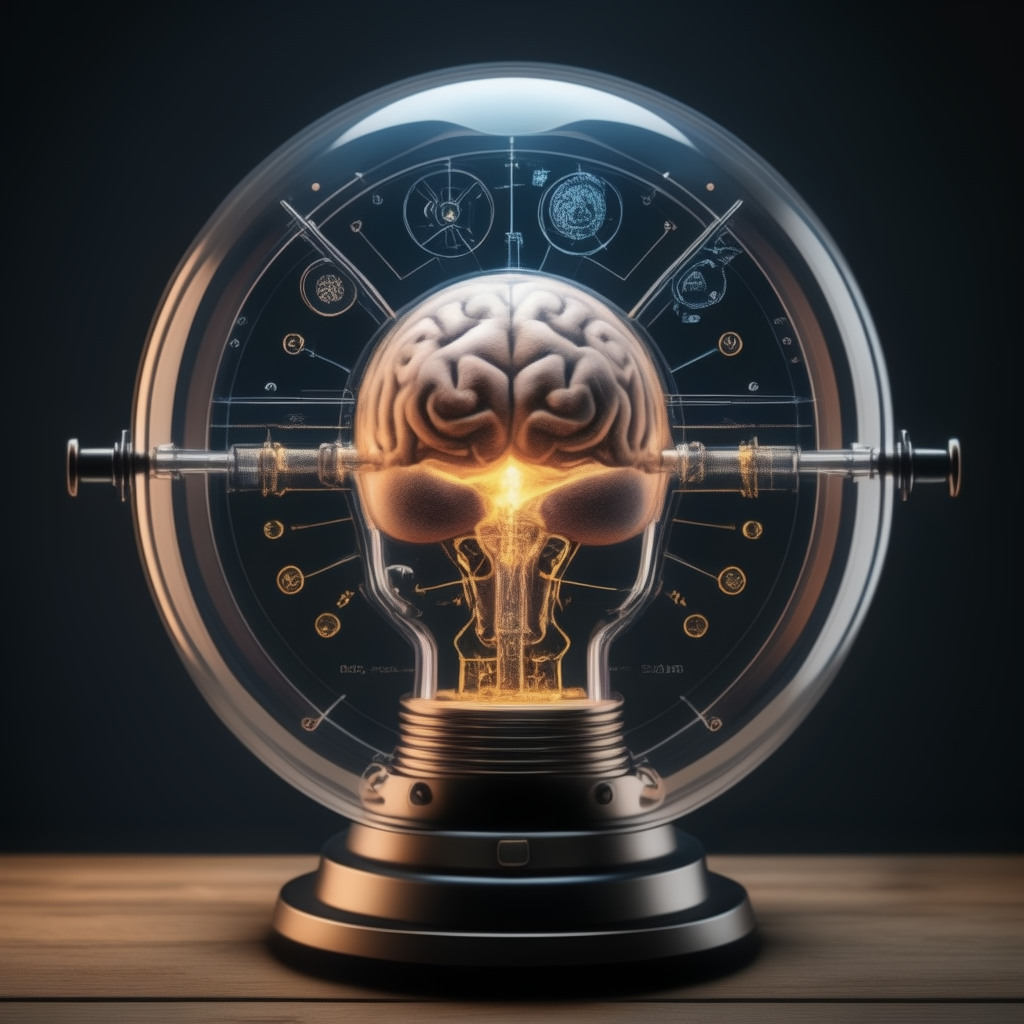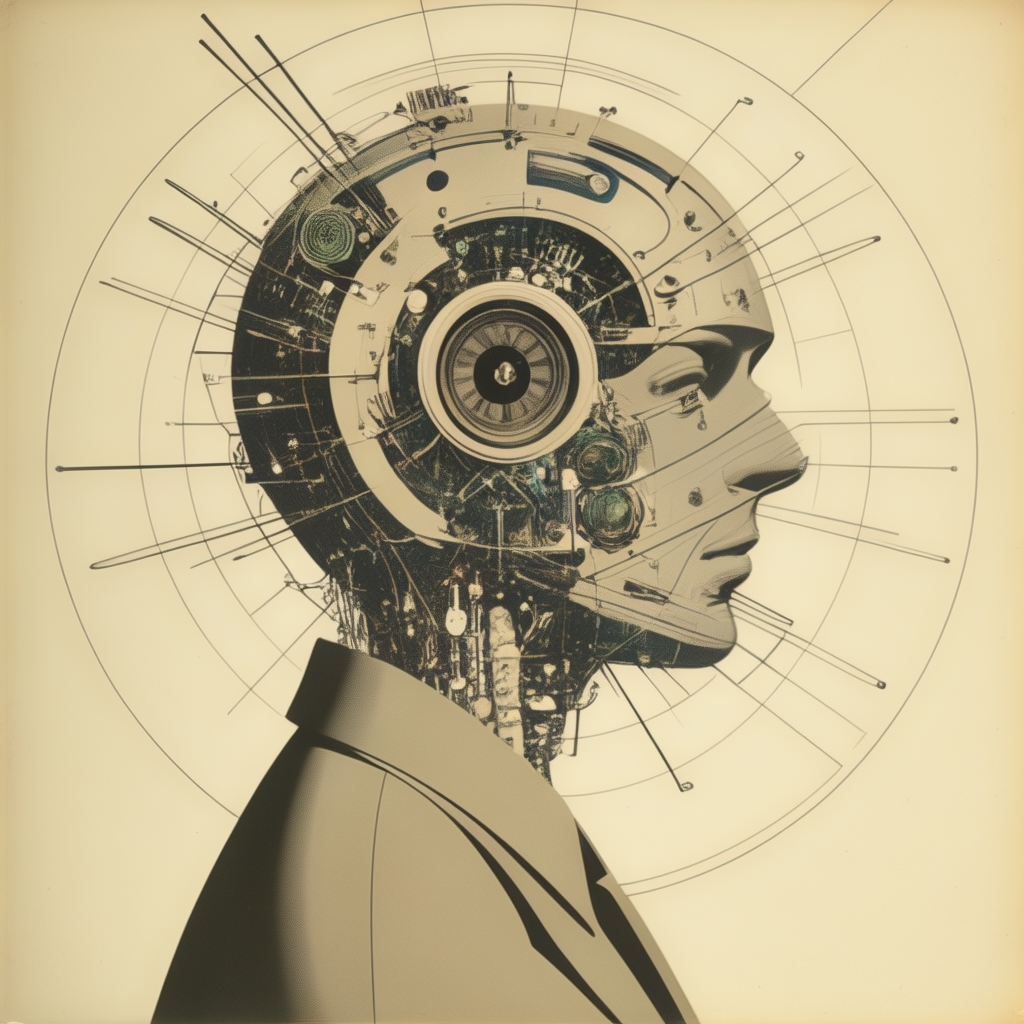Perception is a fundamental aspect of human cognition that allows us to interpret and make sense of the world around us. In the realm of artificial intelligence (AI), perception plays a crucial role in enabling machines to interact with and understand the real world. This blog post explores the concept of perception in AI, its significance, and the key technologies that drive it.
What is Perception in AI?
Perception in AI refers to the ability of machines to sense and interpret their environment, much like how humans use their senses to gather information. It involves capturing data from the surrounding world and processing it to derive meaningful insights. Key components of perception in AI include computer vision, natural language processing, and audio processing.
- Computer Vision
Computer vision is a core aspect of AI perception. It enables machines to see and understand visual data, such as images and videos. Computer vision algorithms can detect objects, recognize faces, interpret scenes, and even navigate autonomous vehicles. This technology relies on complex neural networks, image processing, and deep learning to make sense of visual information.
- Natural Language Processing
Natural Language Processing (NLP) allows machines to comprehend and generate human language. NLP systems can analyze text, perform sentiment analysis, language translation, and even engage in conversations with humans. This technology is at the heart of chatbots, virtual assistants, and language translation services.
- Audio Processing
Audio perception in AI involves the ability to understand and interpret sounds and spoken language. This technology is prevalent in speech recognition systems, which can transcribe spoken words into text, enabling voice commands and transcription services. Audio processing also plays a role in identifying audio patterns, such as music or environmental sounds.
Significance of Perception in AI
Perception is a critical aspect of AI as it bridges the gap between the digital and physical worlds. It allows AI systems to interact with the environment, understand user inputs, and make informed decisions. Here are some key areas where perception is essential in AI:
- Autonomous Vehicles: Self-driving cars rely on perception technologies like computer vision to navigate and avoid obstacles.
- Healthcare: AI-based medical imaging systems use perception to diagnose diseases from medical images.
- Virtual Assistants: Virtual assistants like Siri and Alexa employ NLP to understand and respond to user voice commands.
- Security: Surveillance systems use perception to detect and recognize faces and suspicious activities.
- Multimodal Perception: AI systems are increasingly adopting multimodal perception, which combines multiple sensory modalities. For example, combining visual and audio data can lead to more robust understanding and context-aware AI applications. This is particularly useful in virtual reality, augmented reality, and immersive experiences.
- Sensor Fusion: Sensor fusion is a critical concept in AI perception, where data from various sensors are combined to obtain a more comprehensive understanding of the environment. This is crucial in applications like robotics, where information from cameras, lidar, radar, and other sensors is fused to make real-time decisions.
- Environmental Context: AI perception can be significantly improved by considering the environmental context. Understanding factors like lighting conditions, weather, and surroundings can enhance the accuracy and reliability of AI systems. Context-aware perception is vital for applications like smart cities and environmental monitoring.
- Human-Machine Interaction: Perception plays a pivotal role in human-machine interaction. AI systems with advanced perception capabilities can detect user emotions, gestures, and intentions, leading to more natural and intuitive interactions with machines. This is particularly relevant in fields like assistive technology and gaming.
- Cross-Domain Applications: Perception technologies developed in one domain can often be applied to others. For example, computer vision algorithms developed for object recognition in photos can also be used in medical imaging for disease detection. This cross-pollination of technologies is accelerating progress in AI perception.
- Ethical Considerations: As AI systems become more perceptive, ethical considerations become increasingly important. Privacy, bias, and the responsible use of
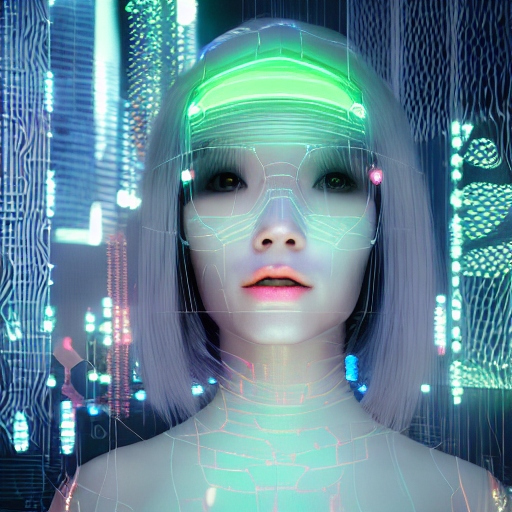 technologies are subjects of intense debate. Ensuring fairness and transparency in AI perception is a key challenge that must be addressed.
technologies are subjects of intense debate. Ensuring fairness and transparency in AI perception is a key challenge that must be addressed.
Continuous Learning: AI perception systems are evolving to incorporate continuous learning capabilities. Instead of being static, they adapt and improve over time as they encounter new data. This concept is particularly relevant in autonomous systems, where ongoing training ensures better performance and safety.
Depth Perception: Depth perception is a crucial aspect of computer vision, especially in robotics and augmented reality applications. AI systems are being developed to estimate the distances to objects in their field of view, which enables them to interact with the environment more effectively. Techniques like stereo vision and depth sensors are used to achieve this.
- Real-Time Processing: Many AI perception tasks require real-time processing to make split-second decisions. For instance, autonomous vehicles need to process visual data instantaneously to navigate safely. Achieving low-latency perception is a technical challenge that AI researchers are constantly working on.
- Semantic Segmentation: In computer vision, semantic segmentation is the task of classifying each pixel in an image into a category. This fine-grained understanding of images has applications in fields like autonomous navigation, where it’s crucial to distinguish between road, pedestrians, vehicles, and other elements.
- Transfer Learning: Transfer learning is a technique where AI models pre-trained on one task are adapted to perform another task. In perception, this approach is valuable because models trained on massive datasets for tasks like image classification can be fine-tuned for specific applications, reducing the need for extensive data collection.
- Perceptual Computing: Perceptual computing refers to the use of perception technologies to enhance human-computer interaction. It involves systems that can interpret human gestures, emotions, and behaviors. This is the foundation for interactive technologies like gesture-based gaming and emotional AI assistants.
- Simultaneous Localization and Mapping (SLAM): SLAM is a technique used in robotics and augmented reality to create maps of an unknown environment while simultaneously keeping track of the robot’s or user’s location within it. It relies heavily on perception technologies, such as visual SLAM and LiDAR SLAM.
- Sensory Modalities: Perception in AI extends to various sensory modalities beyond vision and audio. These include touch (haptic perception), smell (olfactory perception), and taste (gustatory perception). While they are less commonly used in AI applications, they have potential in fields like robotics and healthcare. For instance, haptic feedback in robotic surgery enables surgeons to “feel” the tissues they are operating on.
- Event Recognition: AI perception is increasingly used to recognize events or activities in videos or sensor data. This includes identifying actions like people walking, cars passing by, or even complex events like a car accident. Event recognition is valuable for security and surveillance applications.
- Machine Learning Models: The choice of machine learning models is pivotal in AI perception. Convolutional Neural Networks (CNNs) are commonly used in computer vision tasks, while Recurrent Neural Networks (RNNs) are employed for temporal data like speech recognition. Transformers, especially in their variants like BERT, have revolutionized natural language processing.
- Human Emotion Recognition: AI perception extends to recognizing human emotions from facial expressions, voice tone, and text sentiment. This has applications in areas such as customer service (e.g., chatbots that detect user frustration), mental health monitoring, and human-computer interaction.
- Hybrid Perception Systems: Some AI applications combine multiple perception modalities for improved accuracy and robustness. For instance, autonomous vehicles often use a combination of camera, LiDAR, radar, and GPS data for perception. Hybrid systems are more reliable in complex and dynamic environments.
- Legal and Ethical Aspects: The legal and ethical aspects of AI perception are a growing concern. Issues related to privacy, data security, and consent are central in the use of AI systems that collect and process sensory data. Regulations like GDPR in Europe and discussions about AI ethics are shaping the development and deployment of AI perception technologies.
- Interdisciplinary Research: AI perception often requires interdisciplinary research that combines computer science, neuroscience, psychology, and engineering. Understanding how human perception works can inspire and inform the development of AI systems.
- Self-Supervised Learning: Self-supervised learning is an emerging technique in AI perception. It allows AI systems to learn from unlabeled data, which is particularly beneficial when labeled data is scarce or expensive to obtain. Self-supervised learning has shown promise in tasks like image and text understanding.
- Biometric Identification: Perception technologies play a significant role in biometric identification, including fingerprint recognition, iris scanning, and facial recognition. These applications are used in security, access control, and mobile device authentication. However, they also raise important privacy and ethical considerations.
- Temporal Analysis: Many perception tasks involve analyzing data over time. For example, in video analysis, AI must track objects’ movements and detect changes or anomalies. Temporal analysis is critical in applications like sports analytics and monitoring industrial processes.
- Feedback Loops: Perception in AI often involves feedback loops. This means that AI systems continuously update their understanding based on new data and actions. For instance, a robot with perception capabilities might adjust its navigation based on real-time sensor data and changes in its environment.
- Sensor Technologies: The sensors used in perception are critical components. For instance, LiDAR (Light Detection and Ranging) sensors are commonly employed for depth perception and environmental mapping in autonomous vehicles and robotics. Understanding the capabilities and limitations of different sensor technologies is essential for designing effective perception systems.
- Scene Understanding: Beyond object recognition, AI perception is advancing in terms of scene understanding. This involves recognizing relationships and interactions between objects within a given context. Scene understanding is vital for applications like smart home systems, where AI needs to interpret the activities of occupants.
- Combating Biases: Addressing biases in AI perception is crucial. Biases can arise from the data used to train AI systems and can result in unfair or discriminatory outcomes. Researchers and developers are actively working to identify and mitigate biases in perception technologies to ensure fairness and equity.
- Cognitive Computing: Cognitive computing is a branch of AI that draws inspiration from the human brain to mimic human-like perception. It involves reasoning, decision-making, and learning from sensory input. Cognitive computing systems are being developed for complex problem-solving in domains like healthcare and finance.
- Challenges in Audio Perception: Audio perception in AI faces unique challenges, including background noise, accents, and dialects. Improving speech recognition and audio processing in diverse environments is an ongoing research area. Also, audio perception has applications in acoustic event detection, where it can identify sounds like sirens, alarms, or breaking glass.
- Personalized Perception: AI systems are increasingly focusing on personalized perception. For example, personalized recommendation systems use perception techniques to understand a user’s preferences and suggest tailored content. Personalization is a key driver in content streaming services, e-commerce, and social media
perception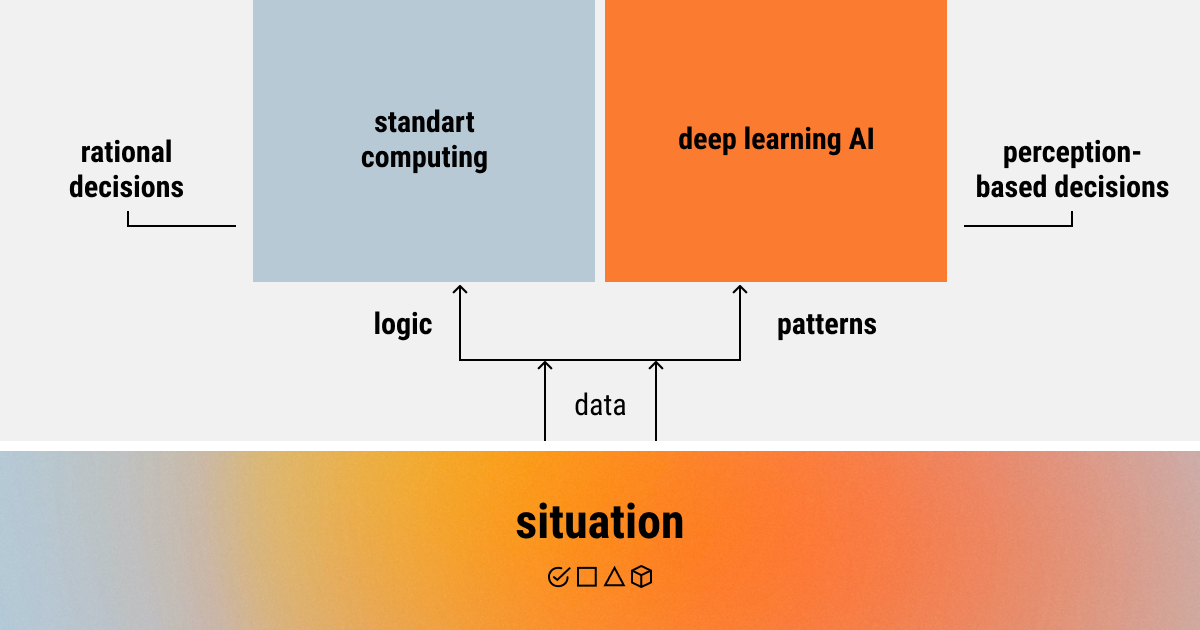
Challenges in AI Perception
Despite its importance, perception in AI is not without its challenges. Some of the common hurdles include:
- Data Quality: Perception systems heavily rely on high-quality data, which can be scarce and expensive to obtain.
- Ambiguity: Interpreting real-world data can be ambiguous, as different contexts can lead to various interpretations.
- Computation: Perception tasks can be computationally intensive, requiring significant processing power.
In conclusion, perception in artificial intelligence is a vast and multifaceted domain that touches upon a myriad of sensory modalities, technologies, and applications. From scene understanding to ethical considerations, AI perception has far-reaching implications across various industries and research disciplines. As AI systems become more perceptive and sophisticated, they have the potential to reshape our interactions with the world and with each other, but they also come with complex challenges that must be addressed responsibly.

